A Guide Through Houston’s Past

Houston has been the site of numerous national and global firsts in science, medicine, space exploration, and culture. The words from the moon were sent here—often quoted as, “Houston, Tranquility Base here. The Eagle has landed.” This was the official transmission from Neil Armstrong to Mission Control in Houston. A moment earlier, Buzz Aldrin had said, “Contact light,” signaling the lunar module’s touchdown.
Houston is also known for the first artificial heart transplant, one of the first U.S. television stations, and as the city where nanotechnology research flourished and zydeco music gained recognition.
The rich and advanced history of Houston dates back to 1837, when it was founded. From historical monuments to iconic landmarks, old towns and districts, beautiful parks, and vintage museums, tourists from all over the world come to Houston to learn about and explore its past. We will take you back in time—to how Houston used to be, and how it evolved—through the places that have volumes to speak about it.
JOHNSON SPACE CENTER
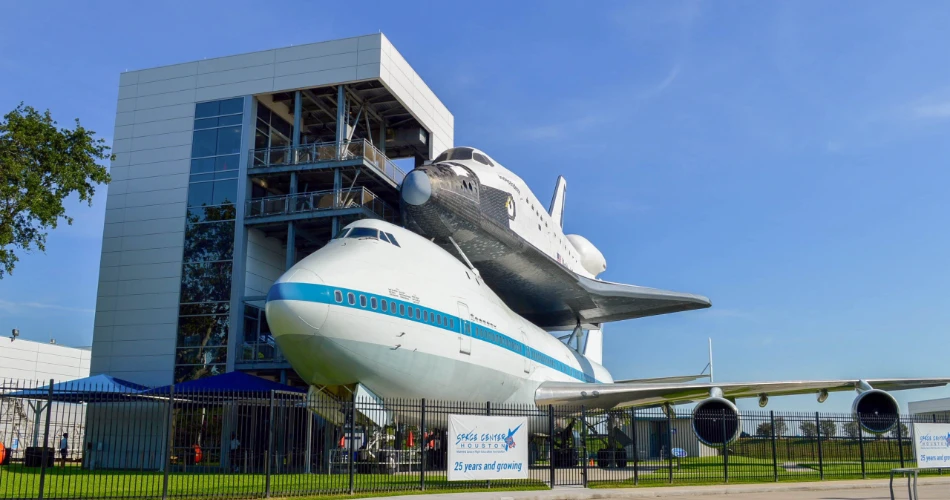
Located in Clear Lake, Galveston Bay Area, the Johnson Space Center is an astronaut training institute where control of human flights to space is also monitored. Founded on 1st November 1961 as the Manned Spacecraft Center (now renamed), it is currently directed by Vanessa Wyche. NASA has assisted Houston and the world through this place to discover achievements through innovative technologies and scientific findings. It gives insights into the US space program where tourists can look at real spacecraft, meet the astronauts, and tour mission control.
SAN JACINTO MUSEUM

The San Jacinto Museum is located at the historic site of the Battle of San Jacinto, where Texas secured its independence from Mexico. The museum is housed within the world’s tallest war memorial column, offering visitors an opportunity to explore over 500 years of history. It provides a unique experience, allowing guests to learn about this pivotal moment in Texas history while enjoying panoramic views from the observation deck.
At the top, the observation deck provides a panoramic view of the city, while inside, the museum features a rich collection of exhibits on early Texas life. Notable displays include Sam Houston’s "Honor" ring, along with over 17,000 artifacts. The museum also houses the Albert and Ethel Herzstein Library, containing 30,000 volumes and 400,000 manuscripts.
Visitors can immerse themselves in Texas's history through exhibits showcasing battle weaponry, religious and cultural artifacts, old maps, and much more. The San Jacinto Museum offers a powerful experience of the state’s struggle for independence.
HOUSTON LIVESTOCK SHOW AND RODEO
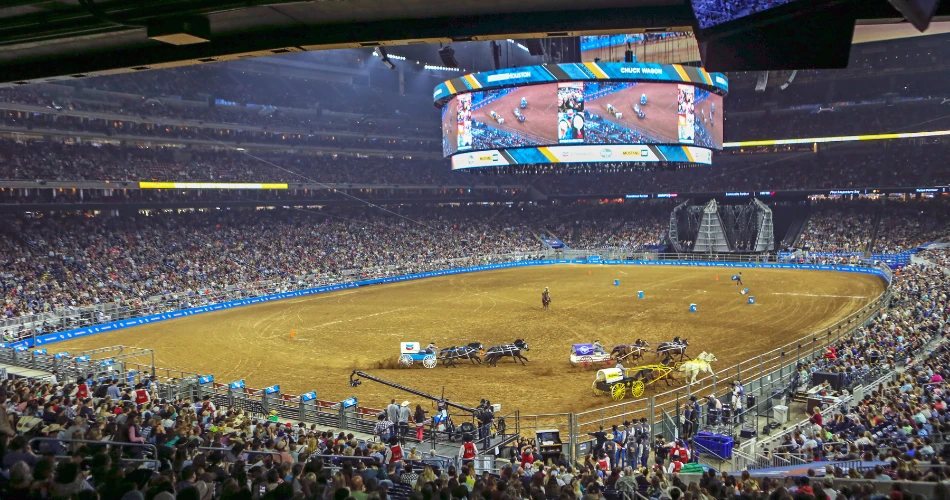
Bringing Texas’s cowboys and cowgirls to NRG Stadium, the Houston Livestock Show and Rodeo hosts the world’s largest livestock exhibition. The development of agricultural love amongst people by giving a family-friendly experience teaches and delights the public. Since 1932, it has been a great supporter of education, agriculture, entertainment, and heritage from the West. It has provided 22,000 scholarships worth over $305 million through this event, which is hosted annually in March. Definitely among the can’t-miss things to do in Houston, for the love of North America’s cowboy culture!
BUFFALO BAYOU
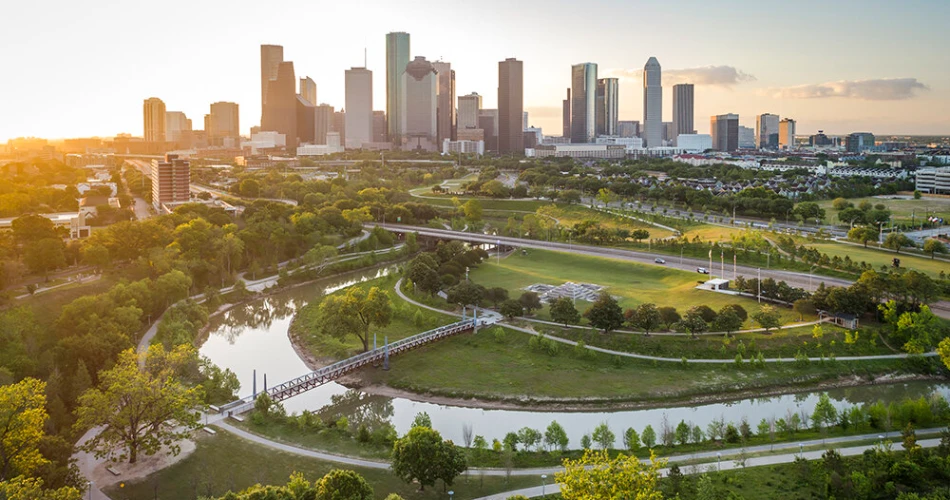
Since 1836, the neighborhood areas of Buffalo Bayou have seen great evolution in time, with the development of buildings, hotels, restaurants, nightclubs, and parks. The area, which is spread today as “Buffalo Bayou Park,” was marked for its development beginning in the early 1900s and revitalized significantly in the 2010s.
MARKET SQUARE PARK
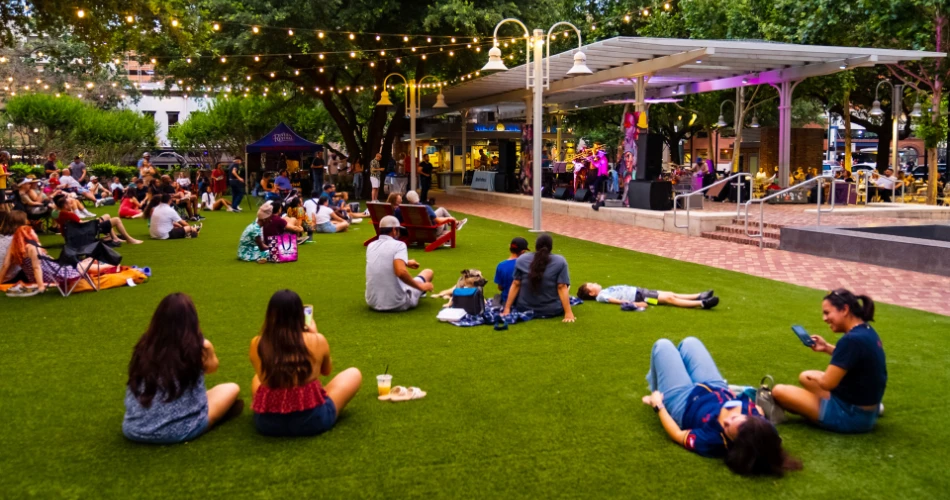
Ensconced in downtown Houston, Market Square Park is a communal area that was launched in 2010, after renovation, to celebrate together the work of arts and crafts by local artists. Central Park, which is surrounded by Milam, Travis, Congress, and Preston streets, was first set in 1836 as a “Congress Square” marketplace and was originally the site of city hall. This site today is an attraction for tourists as it offers entertainment, dining options, and art exhibits. It was added to the National Register of Historic Places in 1983. “Points of View” is a famous architectural monument installed in the park amongst other artifacts and mosaic-designed benches. To satisfy your hunger pangs, you can visit the restaurants and bars lining the corner of the park.
HERITAGE SOCIETY, SAM HOUSTON PARK
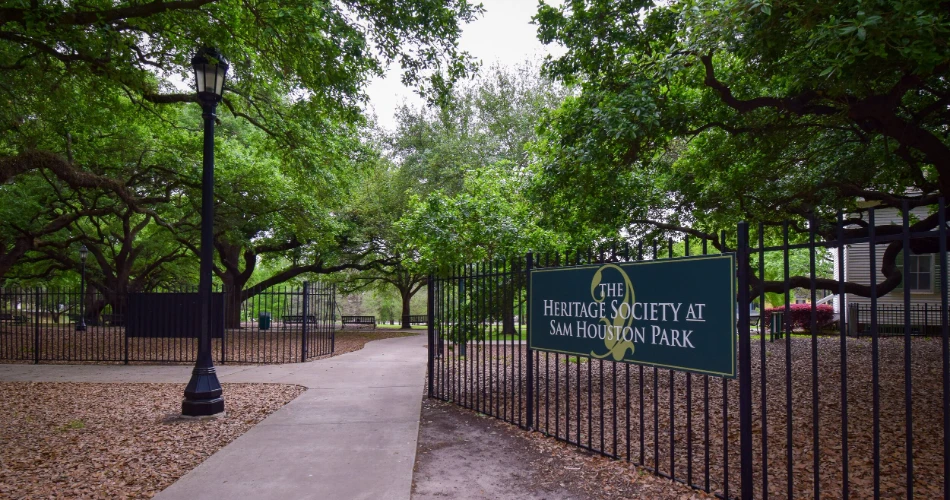
For enthusiastic history lovers, the Heritage Society located in Sam Houston Park is a can’t miss! It houses historic buildings, with the Julia Ideson Building located nearby in downtown Houston, originally completed in 1926 as a library. Many old buildings from the 19th and 20th centuries represent Texas’s history and culture here, exhibiting eight ancient homes, nine old structures, and a church.
RIVER OAKS THEATRE

A vintage-style building that represents infrastructure built back in 1939 is an artistic portrayal of River Oaks Theatre’s decor. Located inside Houston’s oldest mall, River Oaks Shopping Centre, it shows many international and local films. It was the last example of the Interstate Theatre Corporation, which had built a deluxe neighborhood movie house. It was listed on the National Register of Historic Places and closed in 2021, but reopened in 2024 after major renovations to restore its historic and artistic value.
HOUSTON MUSEUM OF NATURAL SCIENCE
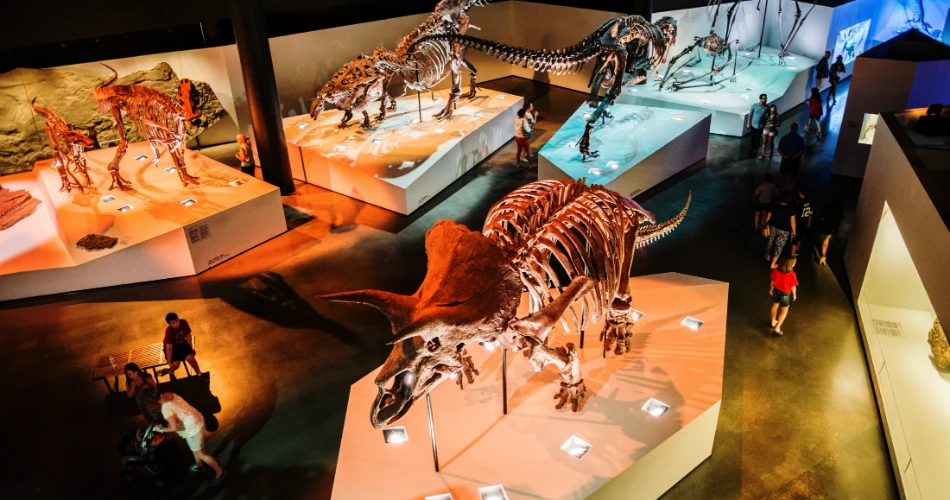
If you want to know about ancient civilizations, marvel at the great life-sized dinosaur structure, gems and minerals, and other precious exhibits, the Houston Museum of Natural Science is a great place that shows historical and scientific exhibitions for history buffs. The Burke Baker Planetarium and Cockrell Butterfly Centre are a few of the featured areas of this museum
PORT HOUSTON

When you reach 7300 Clinton Drive, Gate 8, Houston, you will come across Port Houston’s Sam Houston landing. One of the largest ports in the world is spread across a 50-mile complex that has multiple facilities. One of its busiest terminals is Barbours Cut Terminal, which is among the US’s busiest ports for overall tonnage. The M/V Sam Houston cruise services enable free one-and-a-half-hour rides, giving an insight into voyages that have been operating since 1958. Tourists get to enjoy a breezy sightseeing of international cargo containers and the busy port activities around the port’s terminal. After the destruction of the Galveston hurricane in 1900, which disrupted the port’s operations, the people of Harris County agreed to the new port development, which opened officially in 1914.
ASTRODOME
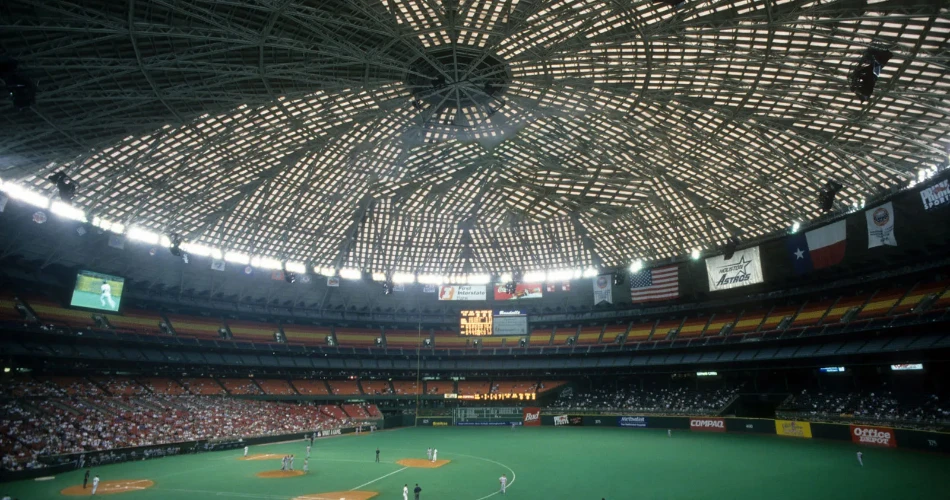
Identified as the world’s Eighth Wonder, Astrodome is also the world’s first domed stadium, which cost $38 million to construct. The 208-foot-tall landmark was constructed on a dry, marshy landscape and featured artificial turf. The first indoor game played here was baseball, in front of Texas’s audience on 9th April, 1965. It was designated a National Historic Landmark in 2014.
GALVESTON ISLAND
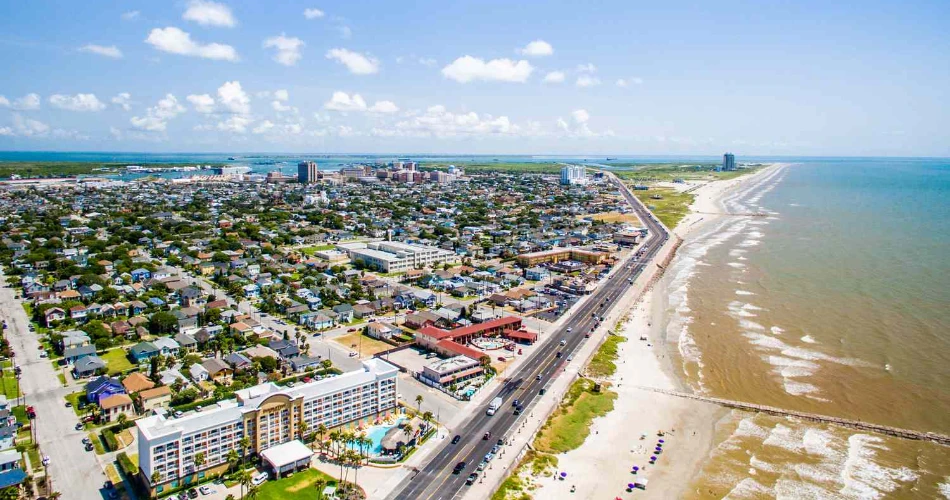
Galveston Island has witnessed the city’s transformation into one of the richest in Texas and a leading cotton exporter. It is home to grand architectural wonders, including the famous Bishop's Palace, built in 1887, which ranks among the top 100 homes in the U.S. Another must-visit is Ashton Villa, a historic landmark that has withstood numerous attempts at destruction by both man and nature. Today, it stands restored as one of the most iconic jewels of the city. Additionally, the grandeur of the 1894 Opera House, which closed in the 1970s, has been lovingly refurbished and now earns various awards of excellence.
ACRES HOMES
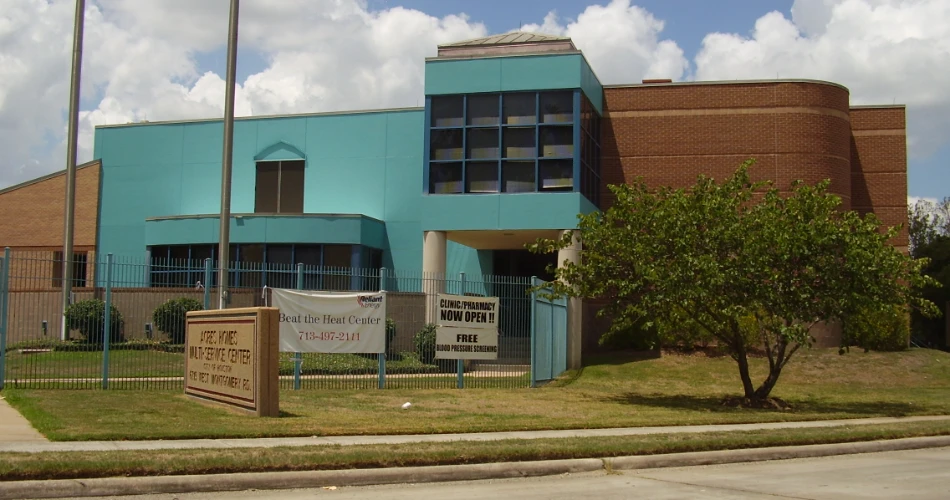
Named so because it was once a rural area in the times of WWI, when people used to sell the land in the form of acres and not lots. Well, the residents also call it “44”, as this metro bus runs through Acres Homes. It is a rural-urban community of people whose origins date back to African Americans who lived there. Sylvester Turner Park, where you can play and learn baseball programs, and Burns BBQ, for their tastiest barbecue steaks and ribs, are popular attractions here.
HOUSTON ZOO
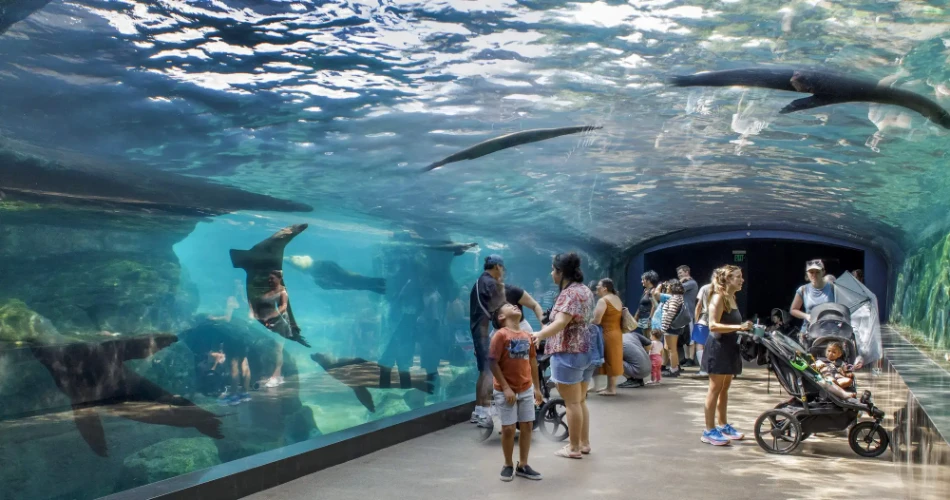
Accredited by the Association of Zoos and Aquariums, the Houston Zoo is located in Hermann Park, occupying about 55 acres of land. Inhabitants of the zoo are 6,000 animals comprising about 900 different species. The zoo also exhibits endangered animals and birds from different continents and has a virtual experience of natural encounters. African Forest, McNair Asian Elephant habitats, Texas Wetlands, Reptile and Amphibian House, and Bug House are among some other areas that will present you with most of nature’s greatest creations. It was established in 1922, with a small number of animals such as bison.
1940 AIR TERMINAL
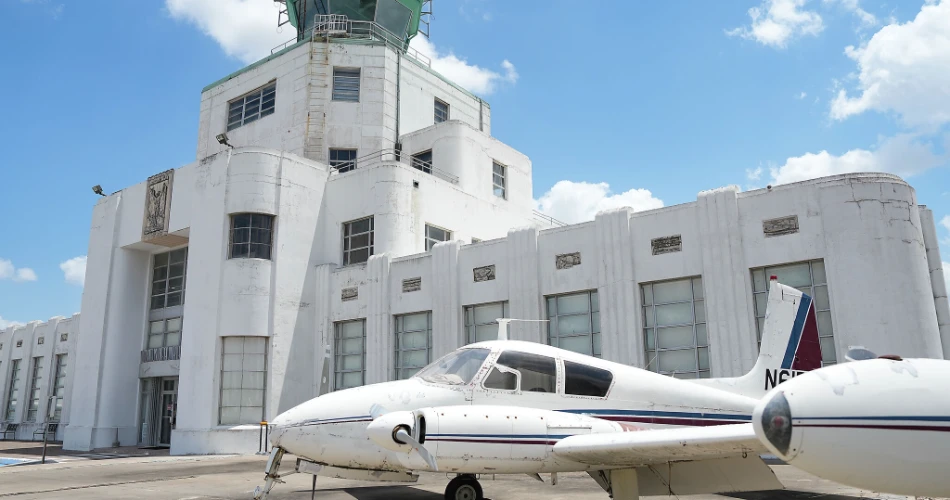
The 1940 Air Terminal is the only museum in Houston dedicated to preserving the history of civil aviation. Housed in a beautifully restored Art Deco building designed by the renowned architect Joseph Finger, the terminal once served as a key gateway for flights such as the Douglas DC-3 and Lockheed Constellation.
Today, the museum showcases rare and memorable artifacts, vintage airplanes, and interactive exhibits that tell the story of aviation in Houston. Visitors can experience the rich history of the airport and its significance in the development of both the aviation industry and Houston's own growth.




